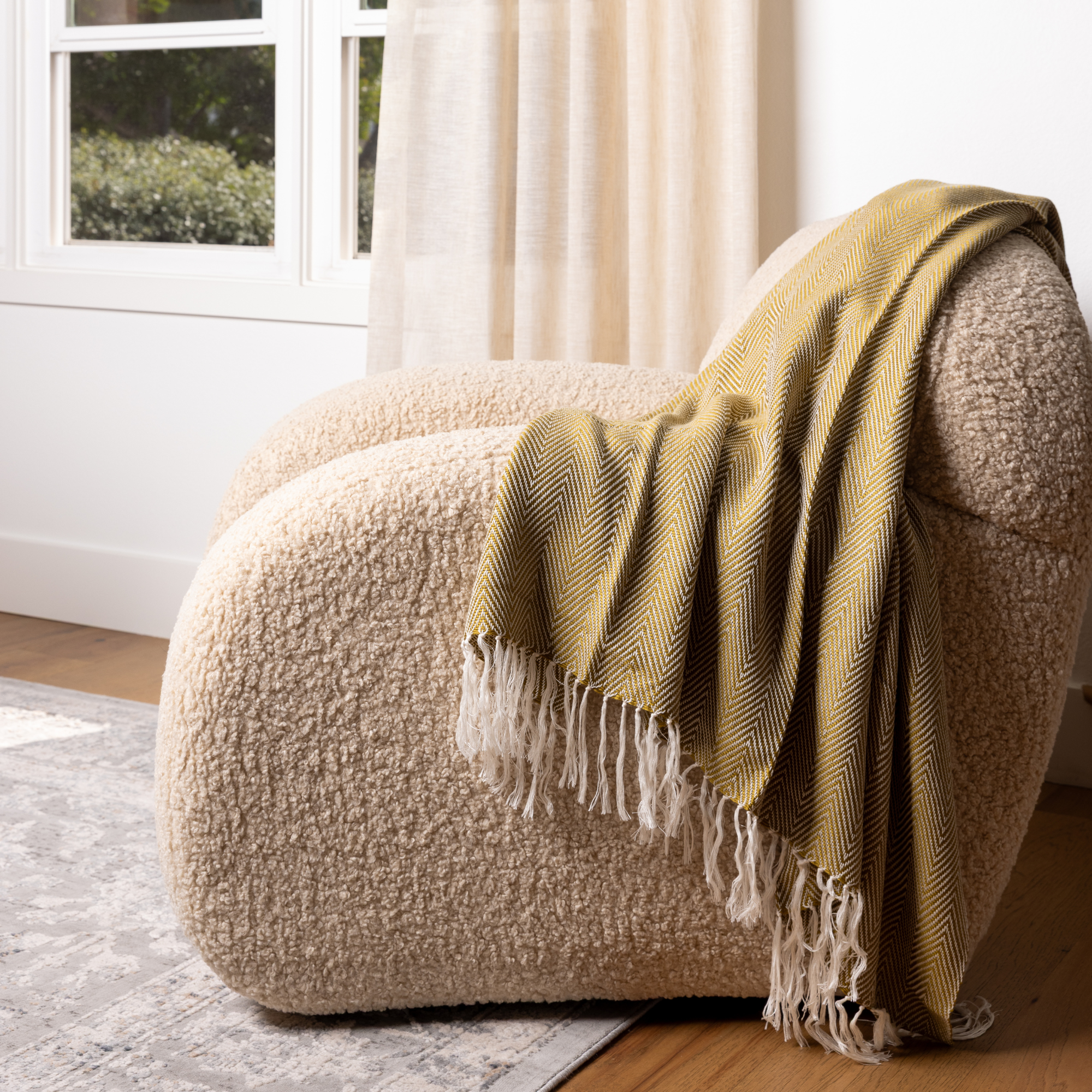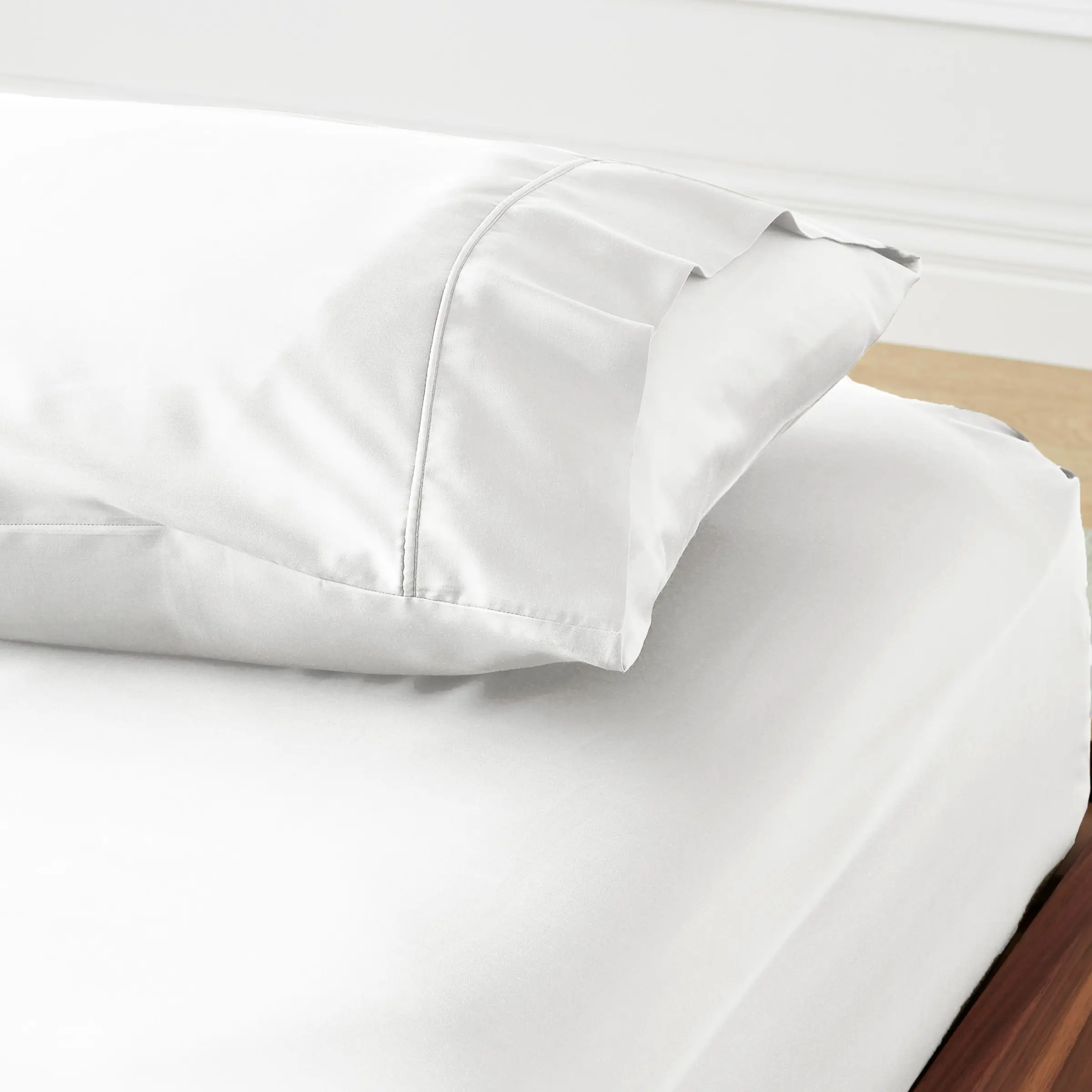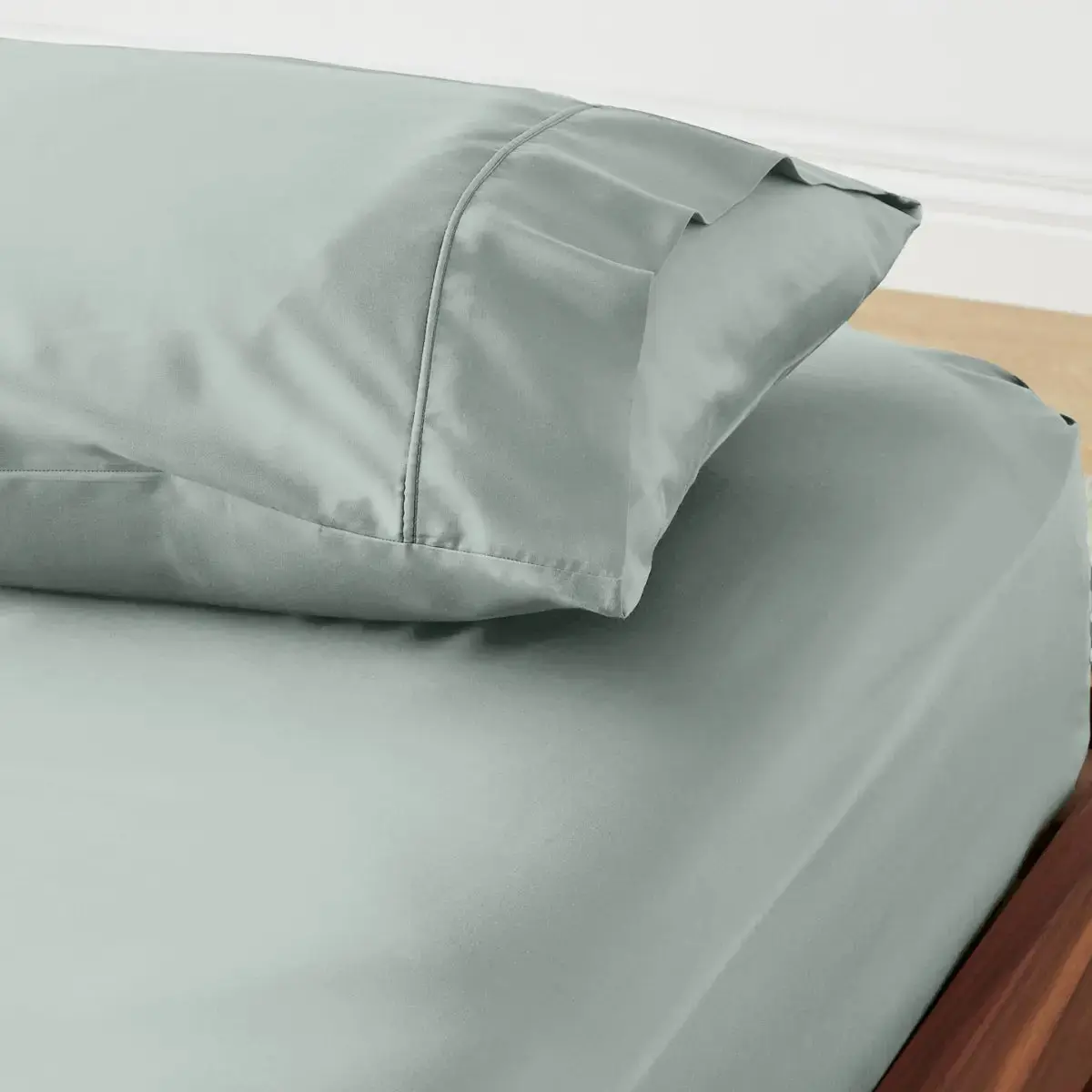Down Comforters: Care & Eco Options

Down is a natural insulator, prized for its lightweight warmth and breathability. Despite its many benefits, down also comes with limitations, including ethical concerns, allergen risks, and care challenges.
ettitude Co-founder and President Kat Dey answers some questions about the advantages and drawbacks of down, how to identify high-quality materials, and why plant-based alternatives like ettitude’s CleanBamboo® comforter are gaining popularity as sustainable, cruelty-free options for a healthier, eco-conscious sleep experience.
What are the benefits and limitations of down?
Down is the soft, fluffy layer of fine feathers found beneath the outer feathers of ducks and geese, typically sourced from the chest and underbelly areas. Unlike regular feathers, down doesn’t have quills—it has lightweight, airy clusters that trap warm air, making it an exceptional natural insulator.
Traditional down filling is lightweight, breathable, and exceptionally warm. It allows air to circulate while providing superior insulation, making it a popular choice for cold climates.
However, down is an animal byproduct, which can raise concerns regarding sourcing, allergens, and washability. This led to the emergence of two main categories of alternatives: plant-based and synthetic fills, each offering a distinct approach to warmth, comfort, and sustainability.
What is the highest quality of down material?
High-quality down is notable for its exceptional warmth, lightweight feel, and breathability. Goose down, primarily sourced from European or Hungarian geese, provides superior insulation and loft, making it ideal for those seeking maximum coziness and durability. It’s essential to note that the best comforter fill takes into account warmth, weight, care requirements, and sustainability; however, ultimately, it all comes down to your personal preferences and needs.
At ettitude, we are driven to challenge the status quo and find plant-based, cruelty-free, sustainable solutions. While recognizing the excellent weight-to-warmth ratio and breathability of down, we also acknowledge the need for ethical sourcing. Our CleanBamboo® Comforter offers the same benefits as down (breathability, lightness, and insulation), but with a plant-based, eco-conscious alternative filling. It is filled with ettitude’s patented CleanBamboo® lyocell fiber, and the shell is made from our CleanBamboo® fabric, ensuring a hypoallergenic and smooth feel that’s great for sensitive skin.
What are the potential drawbacks of sleeping with a down comforter?
While down comforters are renowned for their exceptional insulation and luxurious feel, they also have several drawbacks. Their high quality often comes at a premium price, and the delicate nature of down filling makes them difficult to care for—most are not machine washable and require professional cleaning. To extend their lifespan and maintain cleanliness, many people use duvet covers to protect against dirt, sweat, and oils.
Down can also be problematic for allergy sufferers. While the feathers themselves aren’t typically allergenic, down can trap dust mites, dander, and other allergens over time, especially if not cleaned regularly. This can lead to symptoms like sneezing, congestion, or itchy eyes. Hypoallergenic down options do exist, but they can be even more expensive.
Finally, ethical concerns around animal welfare persist. Although certifications like the Responsible Down Standard (RDS) aim to ensure humane sourcing, not all down is traceable, and practices such as live-plucking or force-feeding still occur in some supply chains.
Can down be eco-friendly?
Down can be sourced responsibly, but its eco-friendliness depends on how it’s harvested and processed. Certified down— labeled with the Responsible Down Standard (RDS)—comes from birds that were treated humanely and not live-plucked or force-fed. However, even responsibly sourced down is still an animal byproduct, and concerns remain around animal welfare, land use, and the environmental impact of industrial farming. Additionally, down products often require chemical treatments to maintain loft and cleanliness, which can reduce their overall sustainability.
That’s why plant-based alternatives are gaining popularity—they offer performance without relying on animals or petroleum-based synthetics, which shed microplastics. Cotton has long been used as a natural, affordable fill material, though it lacks the loft and insulation of down. Cotton is also unsustainable and can be treated with harsh chemicals that can cause environmental pollution and health concerns for farmworkers and communities near cotton-processing facilities.
Newer innovations—like ettitude’s CleanBamboo® fiber – aim to deliver the warmth and lightness of down with improved sustainability and avoid harsh chemicals. ettitude’s CleanBamboo® Comforter is filled with 100% lyocell from organic bamboo fibers, offering warmth and breathability. This comforter has the highest OEKO-TEX®️STANDARD 100 Class I SH065 176027 TESTEX certification, which makes it safe even for babies, allergy sufferers, and those with sensitive skin.
How is down weight/fill measured?
Down weight and fill are measured using two primary metrics: fill power and fill weight. Fill power measures the quality and loft of the down by determining how many cubic inches are occupied by an ounce of down when fully expanded. For example, 700 fill power means an ounce of down occupies 700 cubic inches, with higher numbers indicating better insulation and fluffiness.
Fill weight, however, refers to the actual amount of down (by weight, usually in ounces or grams) used in the comforter or garment. This directly affects overall warmth, so both high fill power and sufficient fill weight are essential for optimal comfort and insulation.
Plant-based down alternatives are usually measured using GSM (grams per square meter), which indicates the weight of the fill material spread over one square meter of fabric. Unlike down, which is assessed by loft (fill power) and volume, GSM provides a straightforward measurement of the amount of material used. Higher GSM generally means a warmer, denser comforter, but performance can also depend on the material’s breathability and thermal efficiency. Since plant-based fills don’t loft the same way as down, GSM offers a more consistent and comparable metric for consumers evaluating warmth and weight.
Synthetic down alternatives are typically measured using GSM (grams per square meter), just like plant-based alternatives. Since synthetic fibers—such as PET (polyethylene terephthalate—a type of plastic used in polyester)—don’t have natural loft-like down, fill power isn’t an applicable metric. Instead, GSM provides a standardized method for indicating the amount of material used in the fill, which in turn affects the warmth, density, and overall feel of the product.
Some premium synthetic insulations (like PrimaLoft® or Thinsulate™) may be rated by clo value as well, which measures thermal insulation performance—essentially, how well the material retains heat relative to its weight. However, for most consumer products, such as comforters, GSM remains the most common metric used to compare synthetic fills.































































































